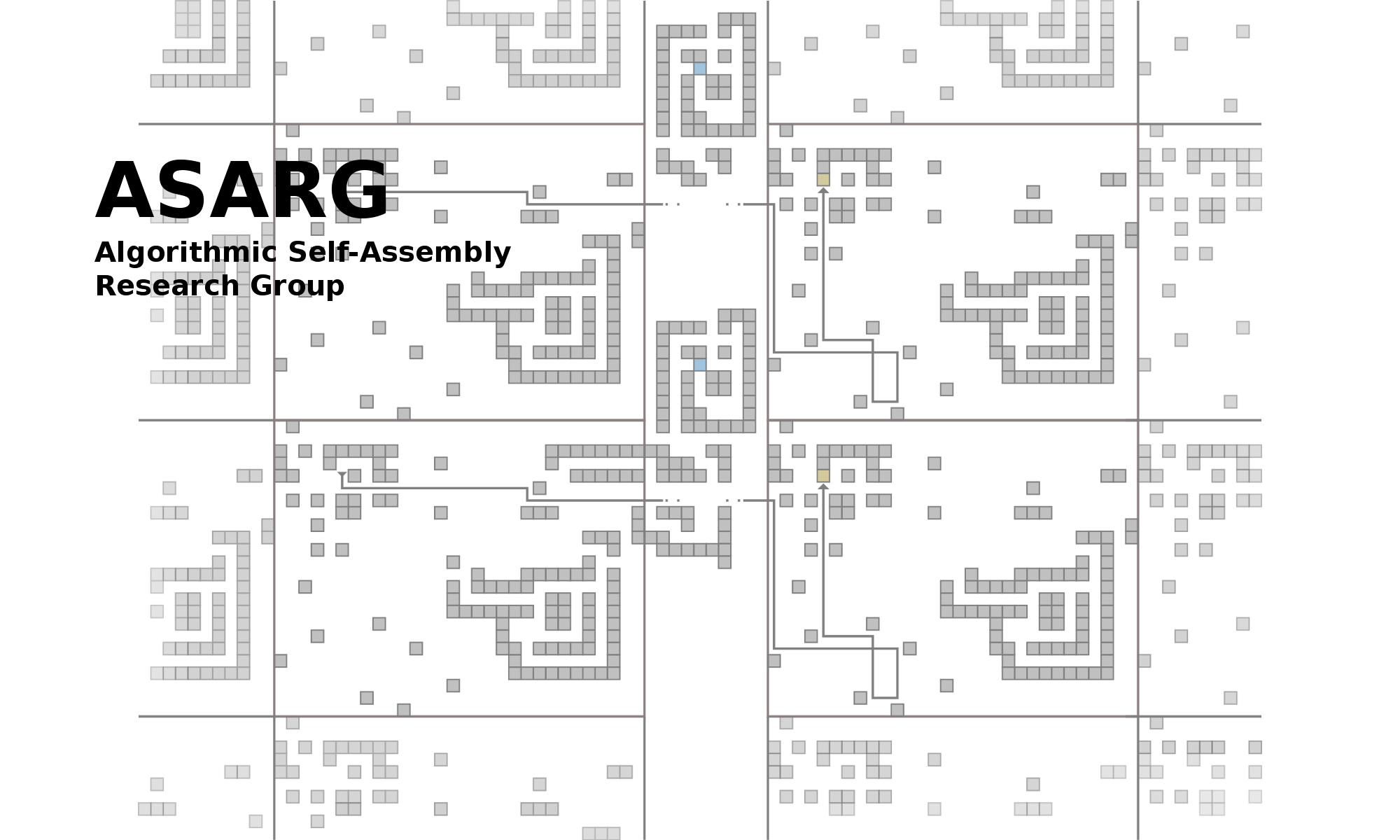New summer researchers
We have several new students working with us this summer on a variety of topics. They are being added to the members section and will have more information up shortly including contact information/etc. We’re excited to have everyone on board!
Mauricio Flores
Luis Angel Garcia
Timothy Gomez
David Caballero
Jose Balanza Martinez
Rene Reyes
Paper accepted in ESA 2018
The paper “Self-Assembly of Any Shape with Constant Tile Types using High Temperature” was accepted and will appear the 26th Annual European Symposium on Algorithms (ESA 2018) this Fall in Finland. http://esa-symposium.org/ and http://algo2018.hiit.fi/esa/.
Paper accepted to DNA 2018
The paper “Freezing Simulates Non-freezing Tile Automata” was accepted into the Proceedings of the 24th International Conference on DNA Computing and Molecular Programming (DNA’18) which will be in China this Fall. http://dna24sdnu.com/index.asp






